An urgent action plan is mandatory while integrative and coordinated efforts from all stakeholders are required to respond to a looming threat
In spite of global efforts to contain and mitigate the Coronavirus outbreak, the world is still battling the pandemic, with a number of countries facing recurrent peaks. Our own national Capital has been grappling with an upsurge of Covid-19 cases with the start of the winter season, which usually sees the city enveloped in smog.
There has been a sharp rise in the number of Covid-19 patients (7,000 to 8,000 cases daily) in the last three weeks due to the dangerous cocktail of an early winter and Coronavirus fatigue. The last saw huge crowds mill around markets, restaurants and private parties. This is the third surge of cases following the first peak in late June and the second peak in September. This is actually in line with my prediction of multiple waves of Covid-19 happening in India, in these columns in June. This also reflects our understanding of different peaks occurring in various parts of India at different times.
This has been the trend across the globe with the pandemic behaving in a similar way, be it in America where the cases rose sharply in one State and then moved across gradients to affect another State. Many countries in Europe, too, have experienced a similar phenomenon of multiple waves of the pandemic at different times.
It is not just the number of new cases that is worrying. The more devastating factor is the number of daily deaths, almost one hundred in the last week itself in Delhi. So far, the national as well as Delhi’s Covid-19 case fatality rate has been reported to be one of the lowest in the world with an improving recovery rate. However, since the cases are surging, the number of daily deaths is bound to rise, too, owing to the fragile healthcare system, which is buckling under the pressure of the rising infections.
It was expected that cases will go up with the double whammy of crowds during the festival season along with the increased infectivity of the Coronavirus due to the surge of influenza-like illnesses in the winter months. However, the air pollution has made matters worse.
Pollution not only hampers the capacity of our lungs to clear the Coronavirus infection but particulate matter or pollutants can also facilitate its transmission by acting as a vehicle for large droplets which tend to stay suspended longer and lower down in the environment. These can infect more people.
There is enough evidence now that there is a direct relation between high PM2.5 levels and increased infectivity of the Coronavirus as shown in studies from China, the UK and Italy during this pandemic. It is also pertinent to know that the new positive cases being reported as of now are the reflection of exposure and infections which occurred in the previous weeks. There is a lag between exposure and clinical symptoms due to the incubation period of the viral infection, which is anything between two to 14 days for the SARSCoV2 virus. Therefore, the new positive cases represent the infections occurring five to seven days preceding the reports.
Similarly there is a lag between exposure, clinical symptoms and the need for ICU admissions and assisted ventilation and fatalities in severe cases of Covid-19. This period is usually 10 to 14 days.
It is important to understand this lag period as the number of deaths being reported today is reflective of infections occurring at least two weeks ago, since deaths lag behind infections by weeks.
This is an important implication as the number of new positive cases is bound to increase tremendously in the coming two weeks post-Diwali due to compounded effects of over crowding, air pollution, bursting of crackers and the cold weather. It is quite predictable that the coming two weeks will be crucial, both in terms of new positive cases, the number of fatalities and the unfolding of a serious situation. Therefore, an urgent action plan is mandatory and integrative and coordinated efforts from all stakeholders are required to respond to this looming scenario.
First, containment and mitigation measures, which slow down the spread, are the only options in the face of the unrelenting infection phase, while augmentation of infrastructure in terms of ICU beds and trained manpower in critical care, are crucial to prevent deaths. Provision of ICU beds is not the solution unless we have enough trained manpower to manage the severe Covid-19 patients and run these critical care facilities.
Moreover the fundamentals of containment and mitigation remain the same, including sanitising, masking and distancing. We all know the drill but it is crucial to enforce behavioural changes like in the case of driving laws.
Second, since the positivity rate in Delhi (15 per cent) is too high, which is more than three times than the national average, there is no other option but to scale up testing to contain the spread of the infection. This needs to be brought below five per cent consistently to ensure adequate testing is being done.
There has been more of the rapid antigen testing in Delhi and fewer RT-PCR tests, a formula which needs to be reversed. Ideally all the tests should be RT-PCR tests, which are more sensitive and would pick up more cases. Moreover anyone who undergoes the test should remain in quarantine till they get the results to limit transmission of the infection.
There needs to be a two-stage house-to-house cluster sero surveillance, as is being done in countries with robust healthcare systems. This ensures identification of people with symptoms of Covid-19. The RT-PCR testing for them confirms active infection and measures the quantum of past infection through antibody testing.
This strategy would not only mitigate cases but also help policy-makers plan a public health response in the coming months. We need to act aggressively and quickly to save lives and avoid preventable deaths. The time to act proactively is now to save each and every life in the coming weeks. The fact remains that the virus is here to stay and the vaccine is still miles away.
(The writer is Head of Neurology Department, Lady Hardinge Medical College and SSK Hospital)







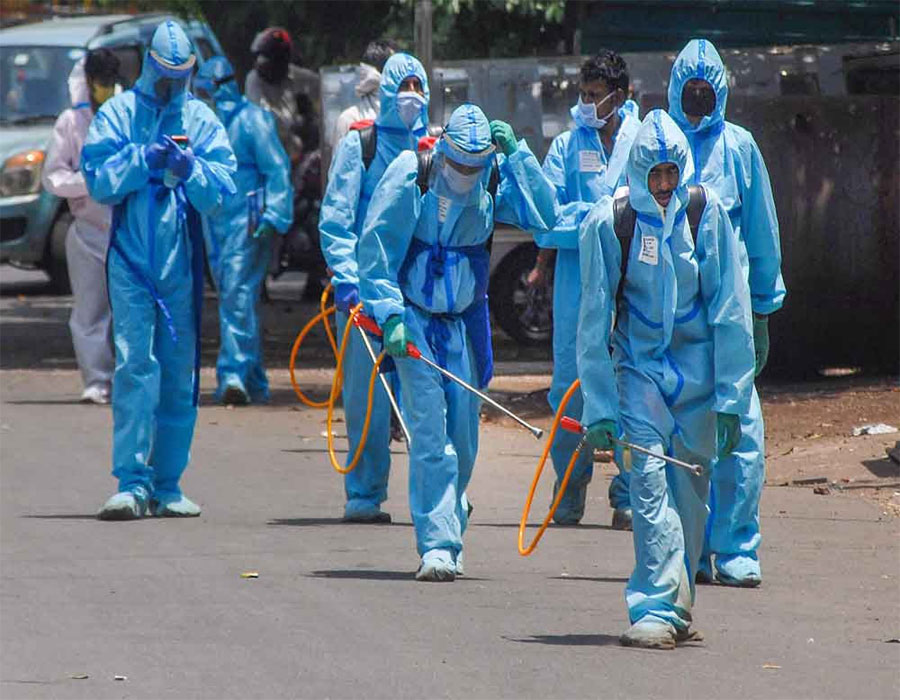
 OpinionExpress.In
OpinionExpress.In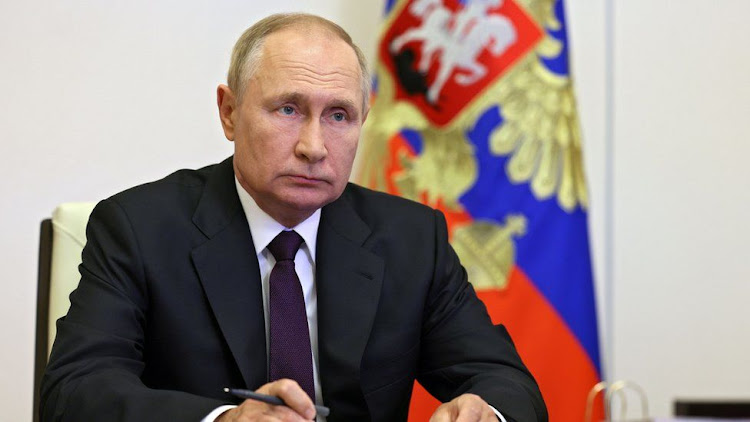


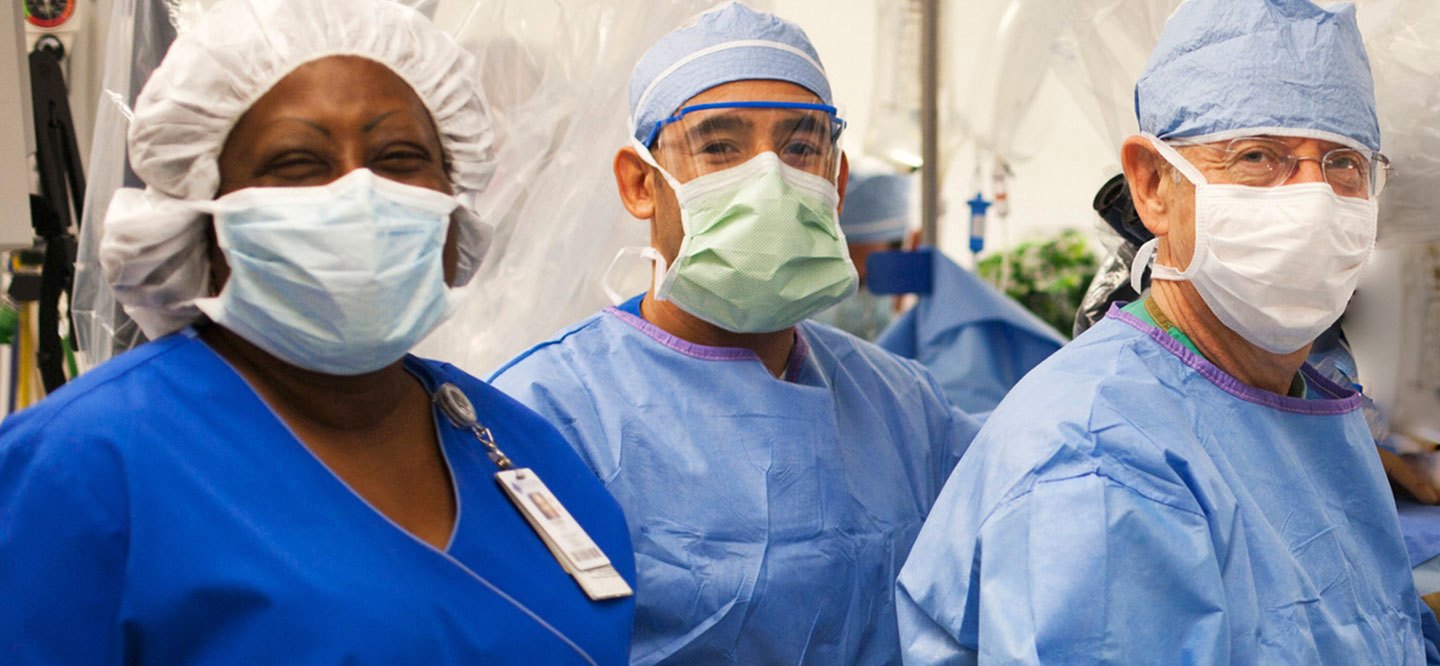
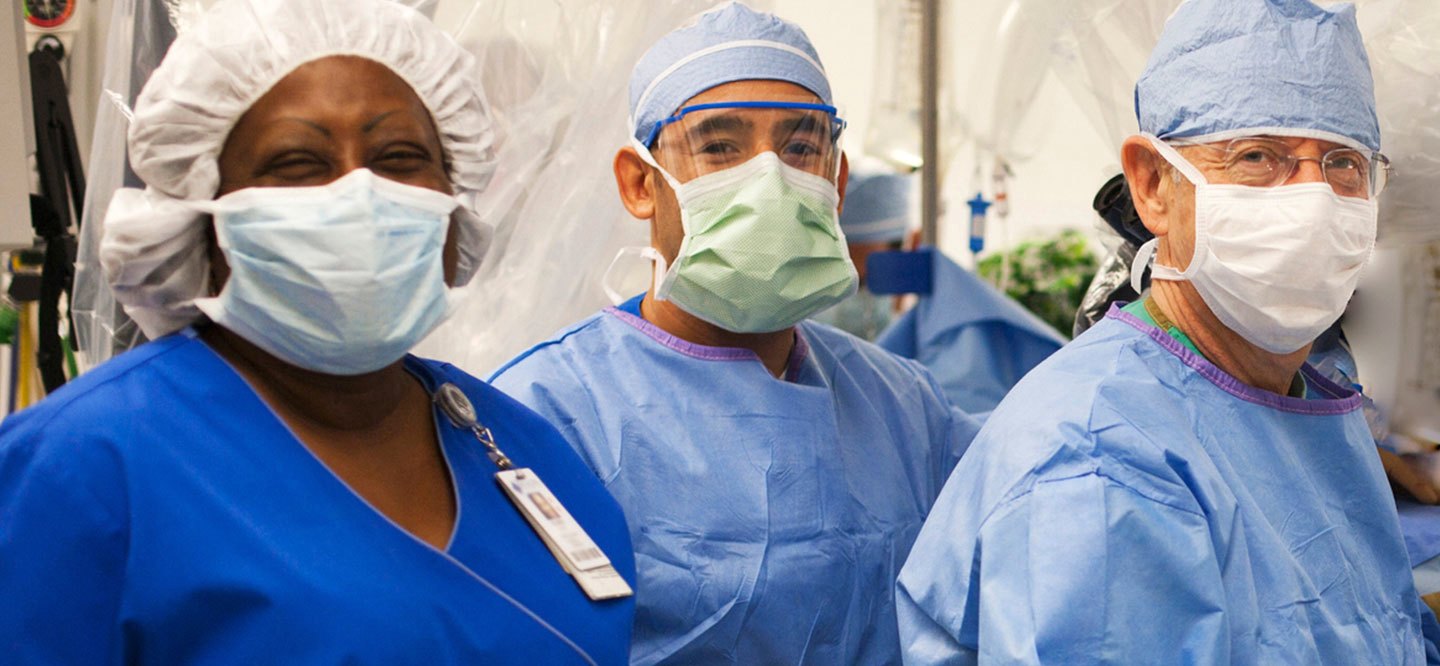

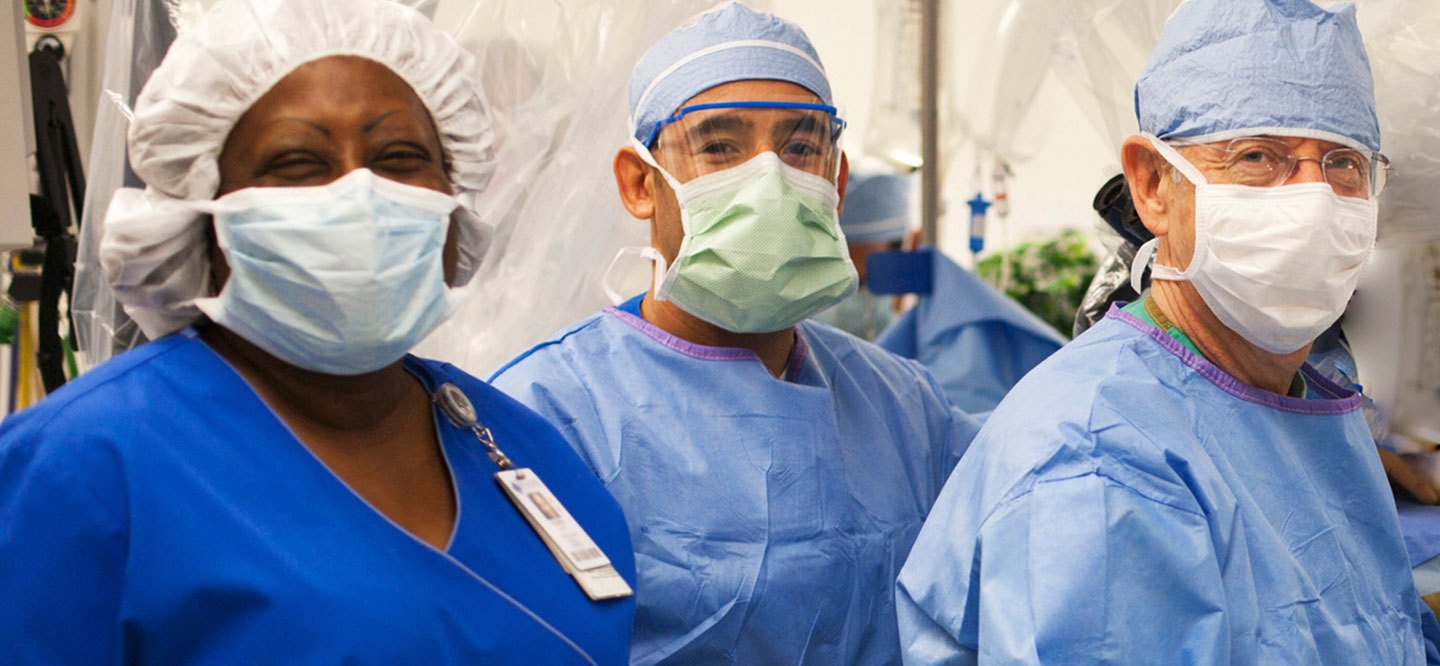









Comments (0)